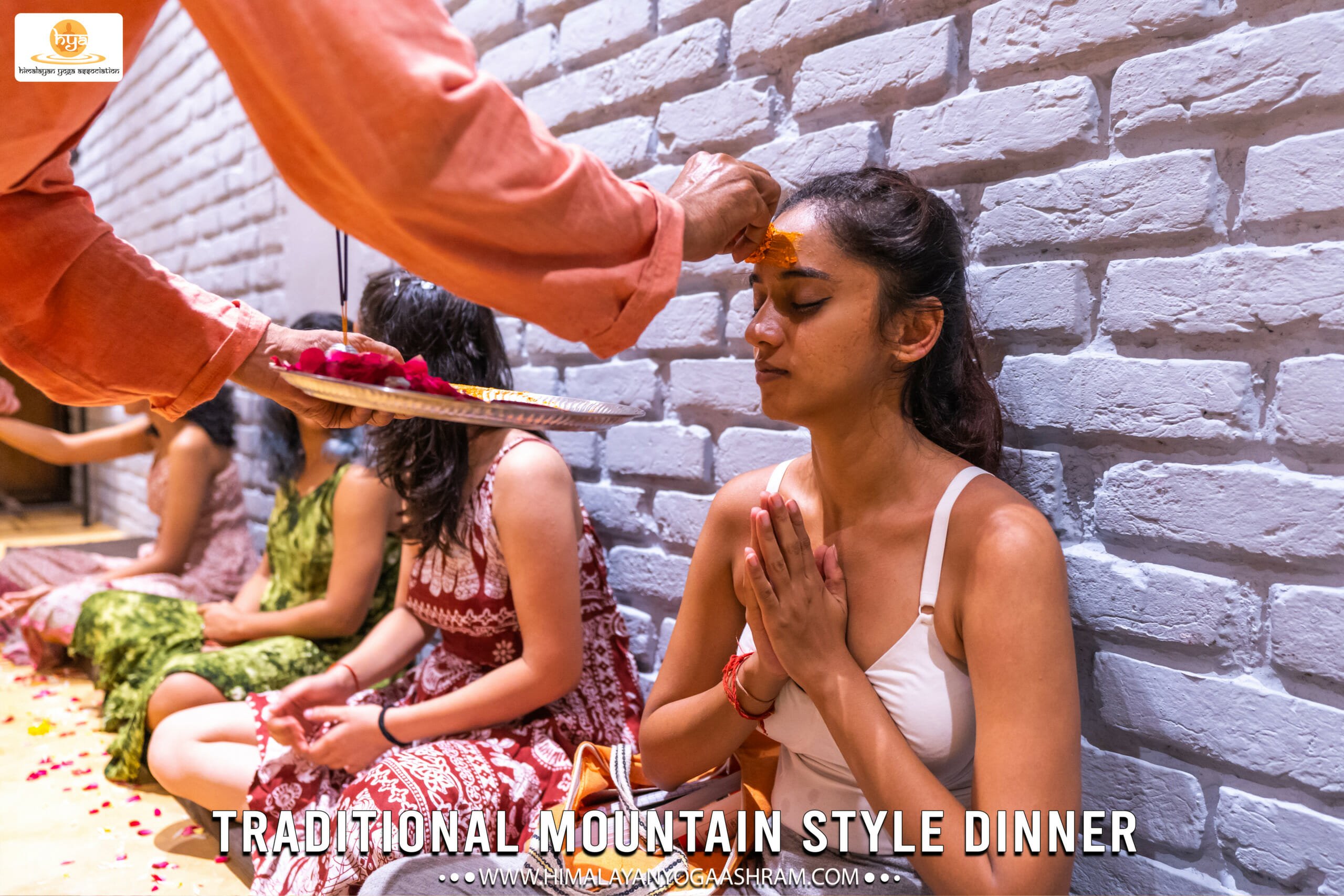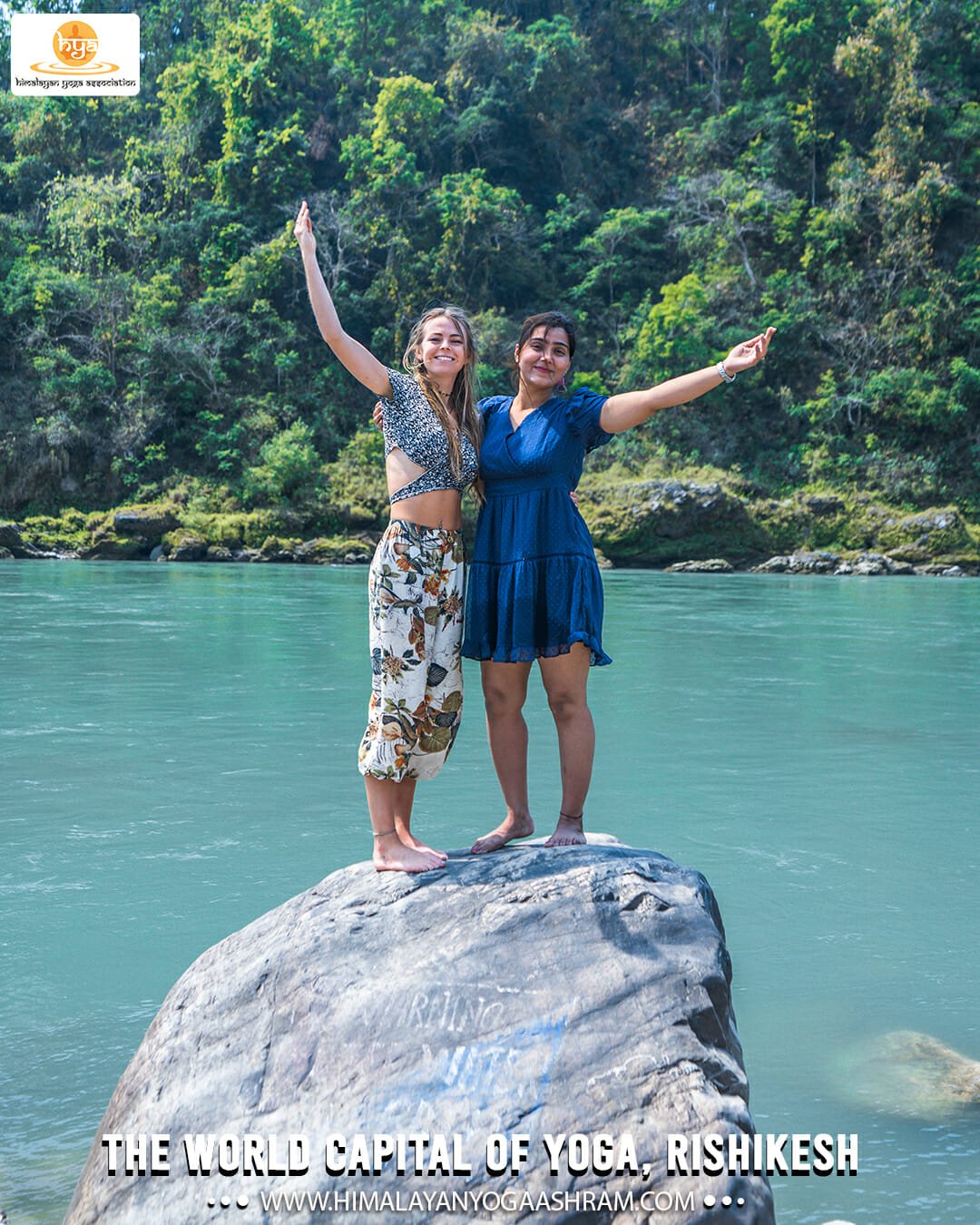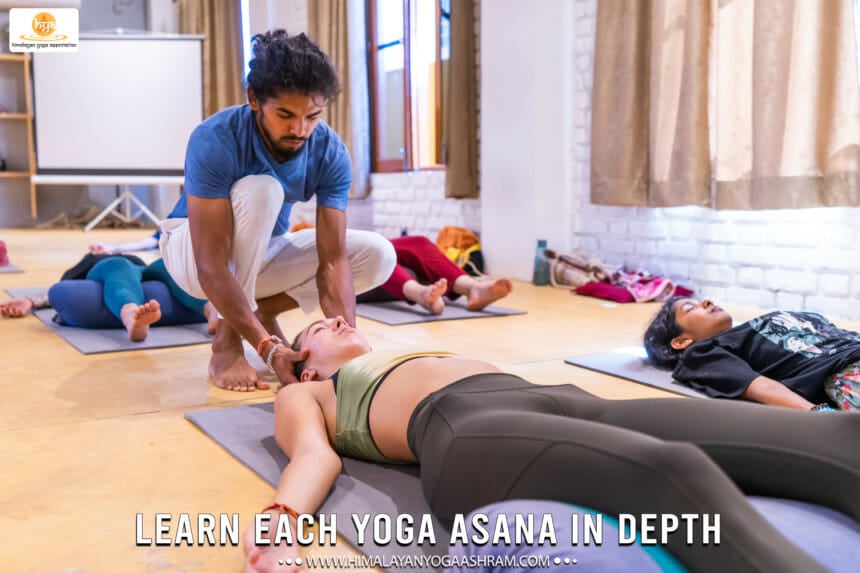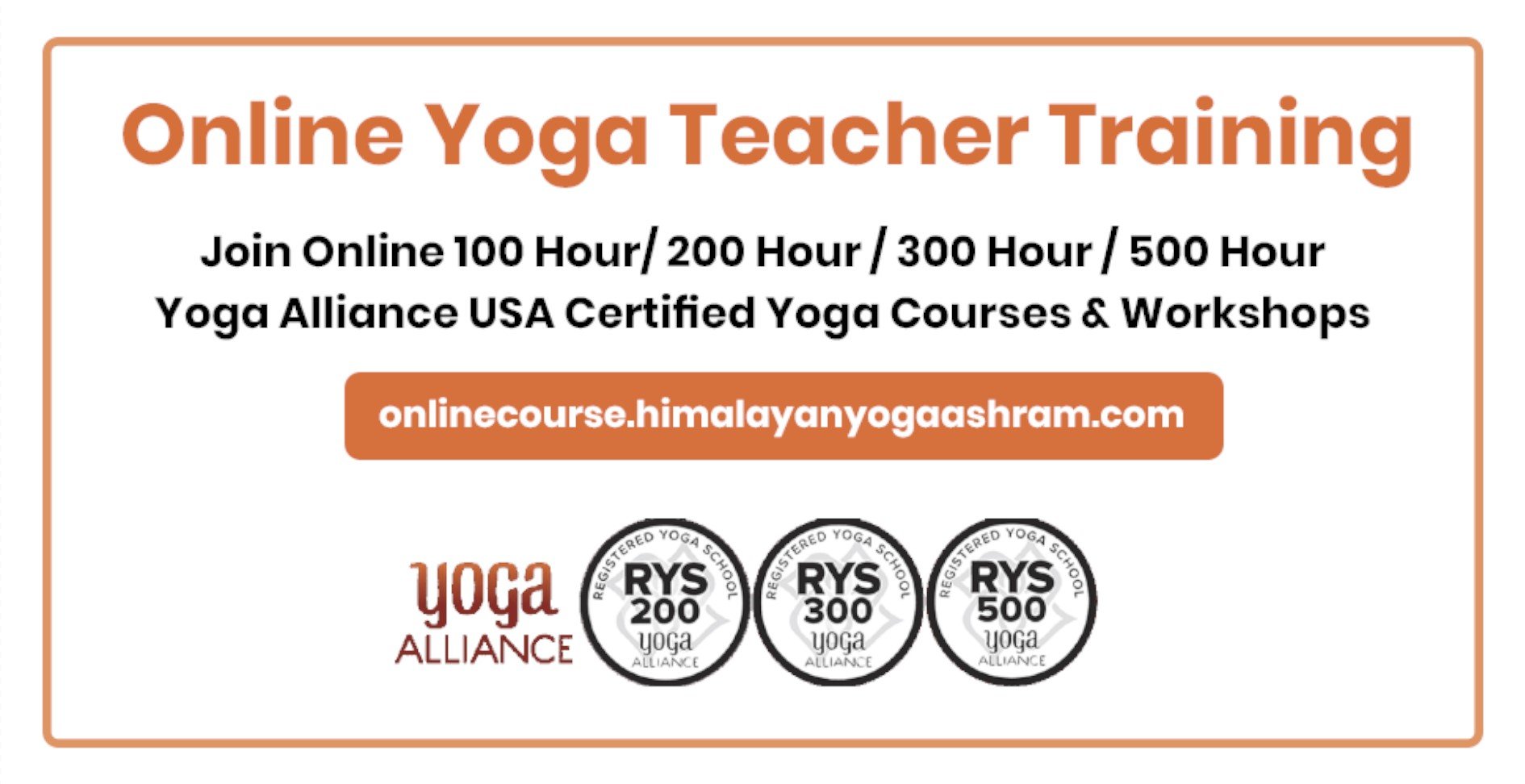8 Limbs of yoga explained
By Himanshu JoshiYoga Teacher Trainingyoga limbs, yoga types
The eight limbs of yoga or Ashtanga yoga is the comprehensive guidelines compiled by great Indian saint Patanjali almost 2,500 years ago to attain spiritual enlightenment. It is the foundation of classic yoga — both at physical and philosophical levels. We, Himalayan Yoga Association, as the best yoga school in Rishikesh, India follow his teachings as the base of our teachings. Many people consider yoga as a slow-motion exercise to keep body and mind healthy but it is one aspect of the yoga. The ancient practice helps one understand his/her body, mind, energy levels and thought patterns eventually turning the entire attention inward. But this is not easy and requires a lot of hard work, determination and practice.
Patanjali’s eight limbs of yoga has made the entire practice systematic and provided for pre-requisites for progressing on the path of yoga. Ashtanga literally translates to “eight limbs”. In Sanskrit, ashta means eight while anga refers to steps, parts of limbs). It is a pre-requisite for the practitioners to follow the eight steps and any inadequacy in following them could derail them from the path of yogic journey. The idea behind the eight limbs of yoga is to purify the body and mind, cleansing it from negative energy, become master of the senses instead of their slave and acquire sharp focus through meditation.
The eight steps of Patanjali’s yoga are Yama (restraints), Niyama (discipline), Asana (physical posture), Pranayama (breath control), Pratyahara (withdrawal of the senses), Dharana (concentration), Dhyana (meditation), and Samadhi (meditative consciousness). As a Yoga Alliance USA registered yoga school in Rishikesh, we are making sure to keep delivering yoga the most authentic way possible, and the eight limbs of yoga is one of the biggest focuses in our yoga school in Rishikesh, India.

1. Yama
As an authentic yoga school in Rishikesh, in the birth place of yoga, we firstly emphasize to practice this first part of the right limbs of yoga. First and foremost, the set of five Yamas or restraints are advised for aspiring Yogis, practicing which a person can shape themselves into a mentally and physically disciplined individual with complete devotion to the Yoga practice which will bring him/her closer to the atman or self. The set of five Yamas – ahimsa, satya, asteya, brahmacharya, aparigrah respectively form the first limb of eight limbs of Yoga from Patanjali’s Yoga Sutras. Ahimsa or non-violence is the resolve to not harm anyone physically, mentally or emotionally and practice compassion. Satya means to always stand by the truth but the truth should not be at the cost of hurting or harming someone. Asteya means not taking anything from anyone without their will or knowledge while brahmacharya is control over one’s sexual impulses so as to conserve this energy for higher purpose. Aparigraha means giving up all the things that are not required and keeping only basic things to avoid tendency of getting attached to worldly possessions.
2. Niyama
While Yama is what should not be practiced by a Yogi, Niyama on the other hand are the rules that must be practiced by an individual who’s inclined towards the ancient practice and wish to reunite with the supreme being. These are some of the rules one should follow to strengthen their inner self and to connect with God. Saucha or cleanliness is the first niyama practiced by Yogis. However, its meaning goes beyond physical cleanliness and to practice this niyama, people should give up negative habits, impressions or negativities gathered over a period of time. Santosha or contentment is related with accepting what we have and expressing gratitude for all that we have. There is no end to worldly desires and this niyama helps one avoid them. Tapas or discipline is the third niyama which is all about self-discipline and passion. Svadhyaya or self-learning is the practice of reflecting upon ourselves to become aware of our true nature. Ishvarapranidhana is surrendering to higher power.
3. Asanas
The sanskrit word Asana literally means sitting posture but it refers to various physical postures in Hatha yoga. The third limb of the Ashtanga yoga, Asanas are aimed at building physical health, purification of body and acquiring strength and flexibility. Names of most of the postures end with the suffix asana. For example, Chakrasan (wheel pose), Padmasana (Lotus pose), Shirsana (Headstand pose) and Balasana (child pose). Many asanas are named after animal poses such as Bhujangasana or Cobra pose and Matsyasana or Fish pose. In modern times, most focus is on asanas but it is only one of the eight aspects of yoga.
4. Pranayamas
The fourth pillar of the Ashtanga yoga, Pranayama refers to breathing exercises. The word pranayama is composed of two words ‘prana’ which means vital life force and yama which means gaining control. Through various pranayamas or breathing techniques, the practitioner regulates his breath and thereby channelises the life force energy throughout the body. Once one masters various pranayamas he is able to control his negative thoughts and establish harmony between body and mind. The regular practice of pranayamas helps in improving the capacity of respiratory system.
5. Pratyahara
The fifth limb of Patanjali’s Yoga sutra is pratyahara. Made up of two words Prati (withdrawal) and ahara (food), it implies that one should try to withdraw any external stimuli that one experiences. This basically involves controlling your senses and for this one focuses their attention on breathing to withdraw from the senses of sight, hearing, touch, smell, and sense. When one practices Prayahara, they actively control their reaction to people and situations and become a step closer to be the master of their mind.
6. Dharana
Dharana means to focus your mind and holding the attention on a single object. It is the sixth limb of Patanjali’s Yoga sutra and the purpose of dharana is to stabilise the mind and prepare it for the next limb – dhyana or meditation. Your point of focus could be an external object or an inner thought. Many people practice dharana with the help of a candle flame or a figurine. One can also repeat a mantra over and over again till the mind has no other thought but the reverberation of the chant.
7. Dhyana
Dhyana or meditation is aimed at raising awareness level using various techniques. Many popular meditation techniques are mindfulness meditation, chanting meditation and vipassana meditation. Meditation brings one in the state of mental resting and peace while being conscious simultaneously. Through meditation one reaches his inner self, becomes aware of his body and mind, and remarkably improves his efficiency. Meditation reduces stress and fills one with positive energy.
8. Samadhi
Samadhi has been defined as the eighth and final limb of Yoga by Patanjali where a Yogi becomes one with the divine. It is a state which is even more advanced than dhyana or meditation and is rarely achieved with intense practice and dedication to Yoga for an entire life. It is a blissful state where one not only finally recognises their true nature but also experience what is it to be reunited with the Supreme Being and find joy in its embrace. One reaching this stage has no desire, ego, anger and is in a state of equanimity.
How to apply Patanjali's Yoga sutra in daily life

While these practices may seem like they belong to the ancient times, it is hardly the case. One can slowly go higher up by practicing each of these limbs with dedication and self-restraint. Practicing non-violence in today’s context could mean living your life peacefully without thinking of harming others. It also means to stand by the principles of truth and stick to your principles come what may.
One should practice minimalism and try to control their desires for worldly things so that the focus remains on the inner self more than the outer self.
Regular practice of yoga not only keeps one in good physical health but it also improves mental health by reducing stress, anxiety and negative thoughts. It keeps diseases at bay and makes life happy and joyous. People across the world are fast adopting yoga practices and making it part and parcel of daily routine.
Many a time it happens that we waste a lot of our energy and time in meaningless arguments that lead us nowhere. By practicing Pratyahara in our daily lives, we can avoid getting agitated by external stimuli and be mindful of our reactions.
Meditation in today’s time can help us stay efficient and tackle multiple tasks with ease. It can also help relieve stress and improve mental focus. It is the only way to remain in touch with our inner life which in turn can help us transform.
Still relevant till date, these eight limbs can help you to become a true Yogi as without mastering all these practices, one may lose focus and get trapped in worldly complexities and may not see the endless possibilities that lie within us. Yoga practitioners should not just do asanas and pranayama but adopt Yoga in its entirety with all these eight limbs.
We offer the best yoga teacher training courses in Rishikesh, India that are based on these ancient teachings. Yoga beyond the mat. Learn and practice yoga as it really is with Himalayan Yoga Association.






